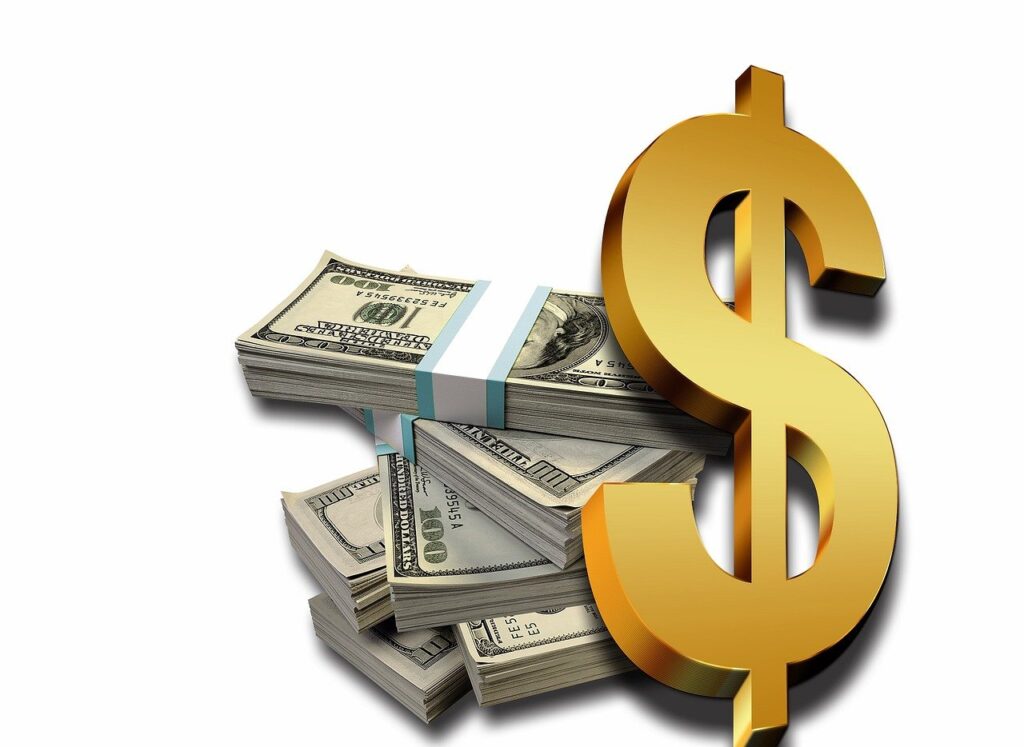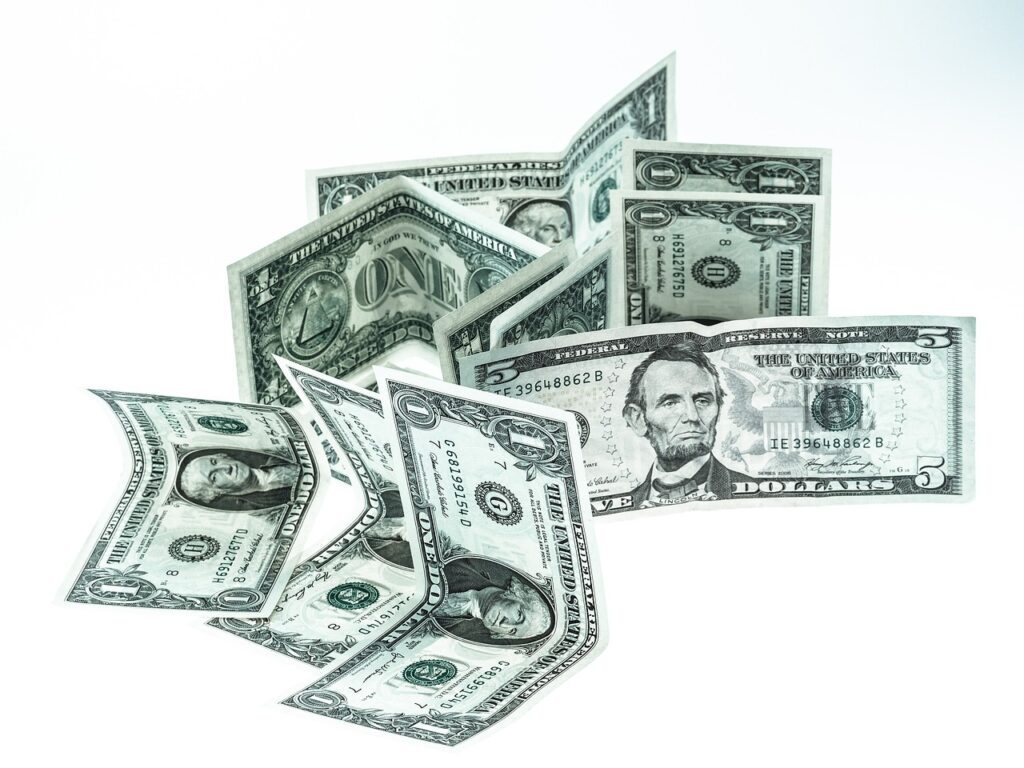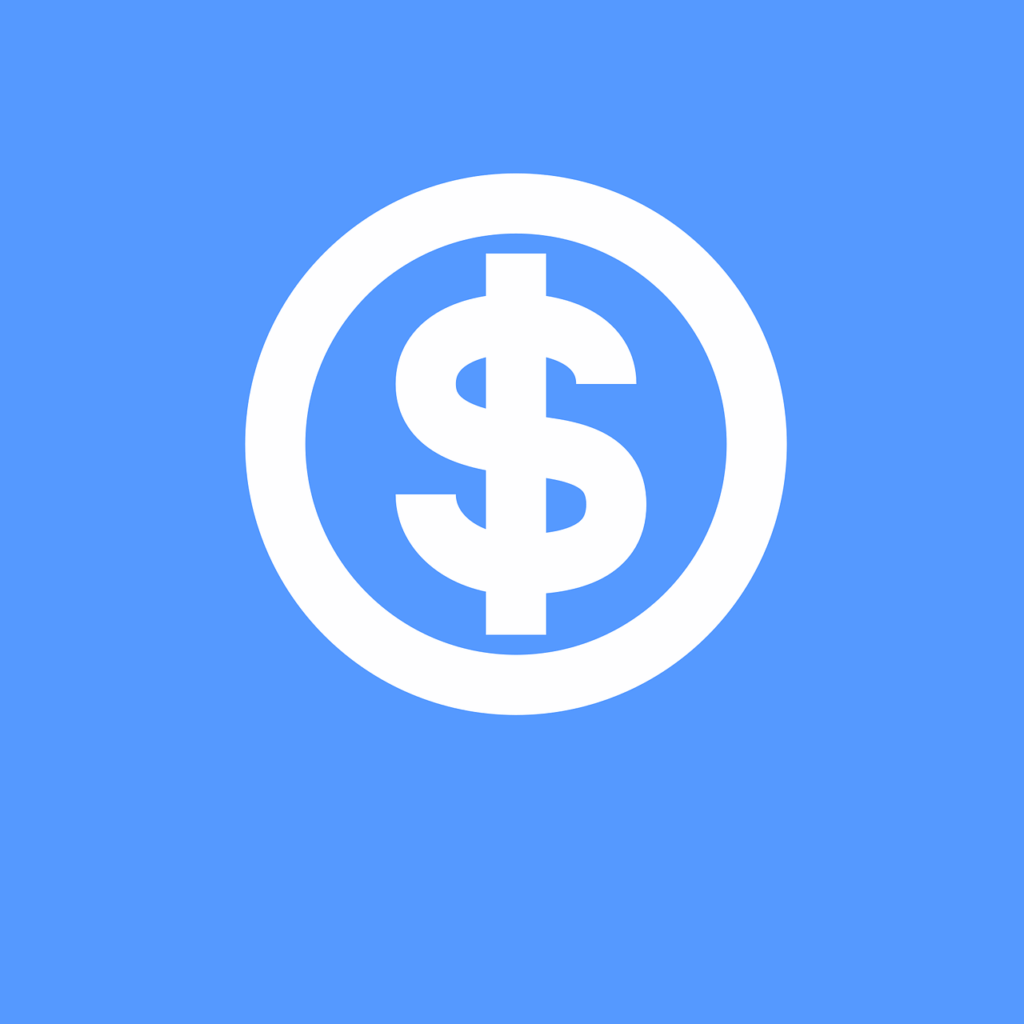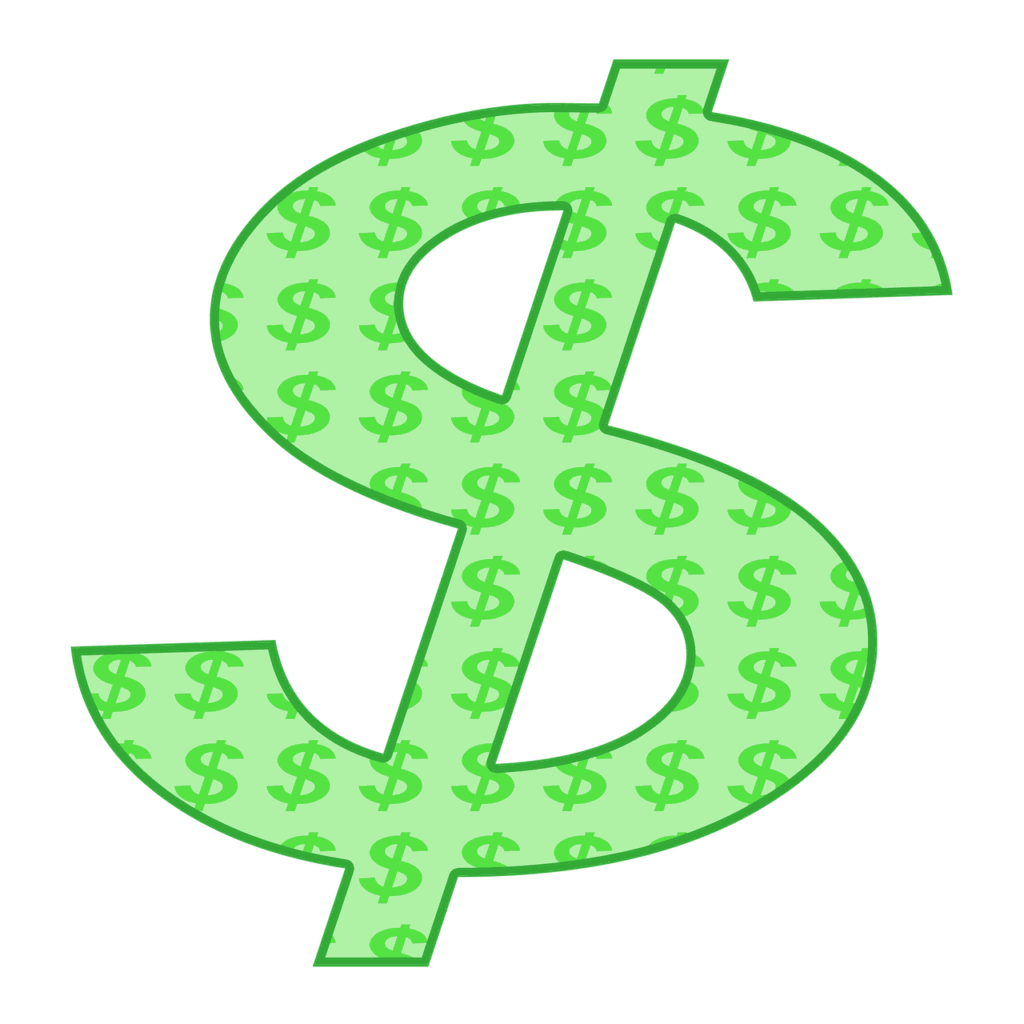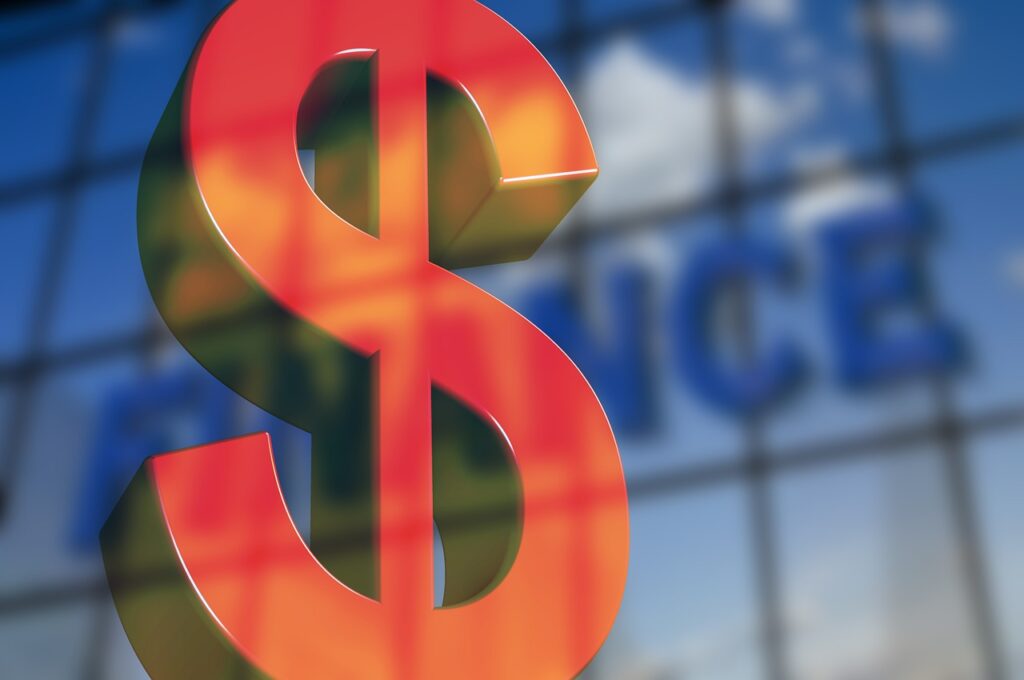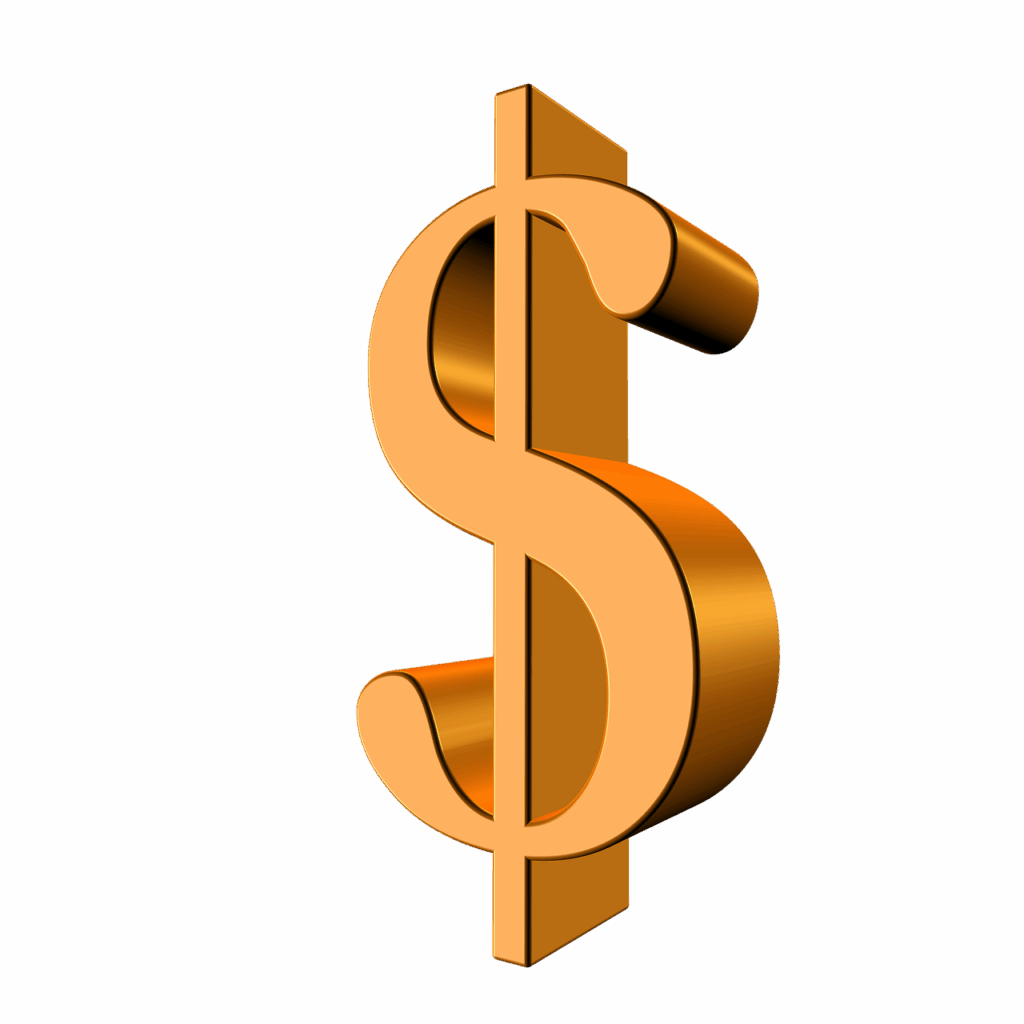The dollar sign, a symbol instantly recognizable across continents and cultures, often appears as a simple ‘S’ intersected by one or two vertical strokes. Yet, this seemingly straightforward glyph carries a rich and complex history, interwoven with global trade, colonial power, and the evolution of financial notation. Far from being a mere indicator of monetary value, its journey from scribal shorthand to a ubiquitous digital symbol reflects centuries of linguistic, economic, and technological development.
Its pervasive presence today belies a past shrouded in competing theories and historical debates, each offering a fascinating glimpse into how symbols acquire meaning and endure through time. From its practical utility in early commercial correspondence to its adoption as a formal currency indicator and its eventual repurposing in the digital realm, the dollar sign has adapted and diversified its roles in ways few other characters have. This article embarks on an in-depth exploration of this iconic symbol, dissecting its historical roots and tracing its varied applications.
We delve into the earliest known appearances of the dollar sign, examining the compelling narratives behind its most widely accepted origins, alongside intriguing alternative hypotheses that challenge conventional understanding. Furthermore, we will confront theories that have since been discredited, shedding light on the rigorous process of historical inquiry. Our journey will also cover the sign’s fundamental role in designating currencies worldwide, illustrating its global significance beyond the United States dollar.
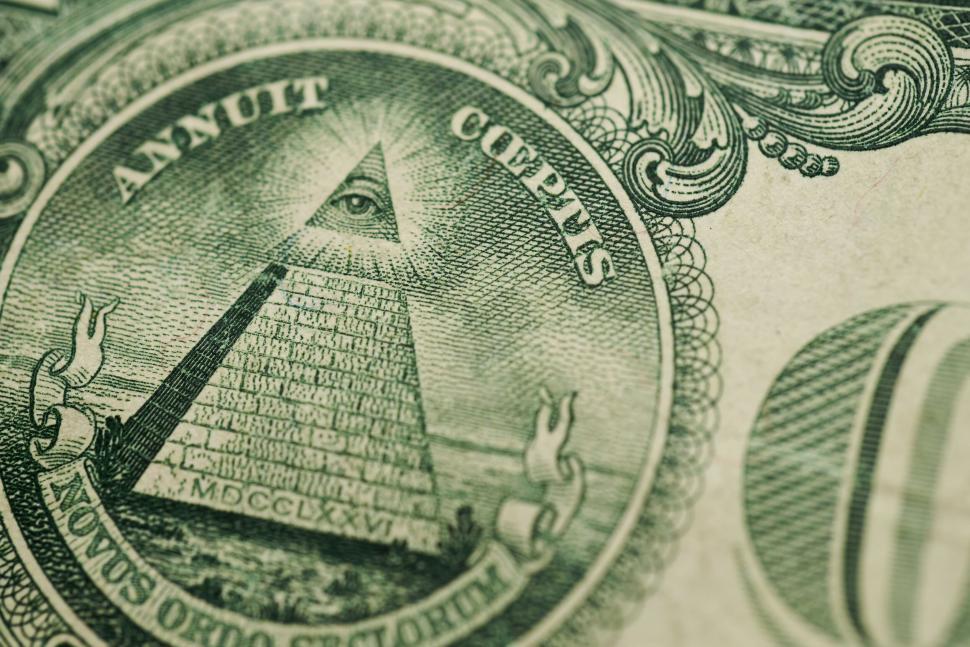
1. **The Enigmatic Origins of the Dollar Sign**The dollar sign, in its familiar form, makes its debut in business correspondence during the 1770s, predominantly originating from the West Indies. In these early instances, the symbol was employed to refer to the Spanish American peso, a currency also widely known in British America as the “Spanish dollar” or “piece of eight.” This initial usage firmly establishes the sign’s deep historical connection to a significant global currency of the era.
The influence of these Spanish coins was profound, serving as the direct model for the currency that the United States formally adopted in 1792. Moreover, they provided the blueprint for the larger coins of the burgeoning Spanish American republics, including the Mexican peso, Argentine peso, Peruvian real, and Bolivian sol. The Coinage Act of 1792 explicitly defined the U.S. dollar to have “the value of a Spanish milled dollar as the same is now current,” cementing this crucial historical link.
Interestingly, the earliest U.S. dollar coins, minted after this foundational act, did not feature any dollar symbol. The first documented appearance of the dollar sign in print is generally attributed to the 1790s, credited to Archibald Binny, a Philadelphia printer renowned as the creator of the Monticello typeface. This suggests that the symbol’s migration from handwritten shorthand to formalized print was a gradual process, reflecting evolving notational practices.
By 1869, the $1 United States Note issued by the U.S. government featured a prominent symbol comprising a “U” with the right bar overlapping an “S,” akin to a single-bar dollar sign. Additionally, a much smaller double-stroke dollar sign was discreetly included within the legal warning against forgery on the note, indicating the concurrent use and stylistic variation of the symbol even in official capacities. This rich, evolving history underscores the symbol’s deep roots in the financial and commercial practices of the nascent American nation and its forebears.
Read more about: A Billion-Dollar Battle: Unpacking the Escalating Feud Between Elon Musk and Mark Zuckerberg
2. **The “Pesos” Abbreviation Theory: A Widely Accepted Origin**Among the various hypotheses regarding the dollar sign’s genesis, the most widely accepted theory posits that the symbol evolved from the Spanish and Spanish American scribal abbreviation “p s” for pesos. This explanation offers a compelling narrative rooted in the practicalities of financial record-keeping during a period of extensive Spanish colonial influence. Scribes and merchants, seeking efficiency, would often condense common terms.
A meticulous examination of late 18th- and early 19th-century manuscripts provides crucial evidence supporting this theory. These historical documents reveal a clear progression where the letter ‘s’ gradually came to be written over the letter ‘p’. This overlaying process ultimately resulted in a composite mark that bore a striking resemblance to what we now recognize as the ‘$’ symbol, demonstrating a natural evolution in handwriting.
Further reinforcing this theory is the usage documented by Oliver Pollock, a wealthy Irish trader and an early, influential supporter of the American Revolution. In a letter dated 1778, Pollock employed the abbreviation “ps,” sometimes rendering it in a manner so conjoined that it almost exactly mirrored the modern dollar sign. His correspondence offers a tangible link, showcasing the practical application of this abbreviation in significant financial transactions of the era.
Intriguingly, historical documents also demonstrate the common use of a two-stroke version of the dollar sign in Portugal as early as 1775. This finding suggests that similar notational conventions, possibly also stemming from abbreviations or local customs, were developing in parallel across different parts of the Portuguese Empire, indicating a broader, regional trend in currency symbol development during that period.
Read more about: The Enduring Symbol: A Comprehensive Examination of the Dollar Sign’s Origins, Evolution, and Modern Applications
3. **The Pillars of Hercules Hypothesis: A Visually Compelling Alternative**Another prominent hypothesis concerning the dollar sign’s origin draws from a rich classical symbol: the Pillars of Hercules. This theory suggests that the sign is a pictorial representation of these legendary pillars, which historically marked the two sides of the Strait of Gibraltar. The visual element central to this theory is a ribbon, gracefully wrapped around each pillar, or sometimes both, in a form that distinctly resembles an ‘S’.
This device was not merely an abstract artistic flourish; it served as a significant support element within the Spanish coat of arms. Consequently, it prominently featured on the most common real de ocho coins circulating extensively across the Americas and Europe during that period. These influential coins were largely minted at the renowned Potosí mint in Bolivia, an operation that functioned from 1573 to 1825, widely disseminating this symbolic imagery.
Indeed, the enduring visual power of this emblem is further highlighted by its recognition in distant lands. In Qing Dynasty China, for instance, one of the names used to refer to Spanish dollars was (Shuāngzhù), which literally translates to ‘double-pillar.’ This linguistic connection strongly indicates that the imagery of the Pillars of Hercules was not just understood but was so iconic that it became a defining characteristic of the currency in international trade.
The depiction of the Pillars of Hercules wrapped by a cloth band, as seen on 18th-century Spanish coins, provides tangible evidence for this theory. The distinctive form, merging the two vertical elements with a sinuous ‘S’ shape, presents a visually plausible ancestor for the dollar sign. This theory resonates particularly because it links the symbol directly to the very physical medium of exchange and the imperial power behind it.
4. **Other Historical Derivations: Mint Marks and Germanic Connections**A fascinating variant of the Pillars of Hercules theory further connects the dollar sign to the Potosí mint, where a substantial portion of the Spanish Empire’s silver was extracted. This specific hypothesis suggests that the sign originated from the mint’s unique mark. A distinctive feature on many of these Potosí-minted coins was the superimposition of the letters “P T S I.”
Upon closer inspection, the core of this intricate monogram reveals a form remarkably similar to a single-stroked dollar sign. This observation offers a compelling link, suggesting that the functional mark of a prolific mint, responsible for vast quantities of the world’s silver, could have inadvertently contributed to the visual lexicon of currency symbols. The efficiency and widespread circulation of Potosí coinage would have made its marks highly recognizable.
Beyond the Spanish-American connections, another intriguing hypothesis traces the English word “dollar” itself to Germanic roots. The word “dollar” for the Spanish piece of eight originally entered English via the Dutch term “daalder.” This, in turn, derived from “Joachimsthaler” or “thaler,” a large German silver coin that enjoyed widespread use across Europe. This linguistic lineage opens up another avenue for the symbol’s origin.
It is therefore conjectured that the dollar sign could have derived from a symbol consisting of a superimposed ‘S’ and ‘I’ or ‘J’, which was historically used to denote the German silver coin. Evidence for such a symbol appears in the 1686 edition of “An Introduction to Merchants’ Accounts” by John Collins, suggesting a pre-existing notational practice for similar large silver coinage. Alternatively, some speculate that the symbol might have originated from a snake and cross emblem often found on thaler coins, adding another layer of visual history to its complex past.
5. **Less Likely, Yet Persistent, Theories: Discredited Hypotheses on the Dollar Sign’s Origin**While several compelling theories attempt to explain the dollar sign’s origins, historical inquiry has also identified a number of less likely or even discredited hypotheses. These theories, though often intriguing, have largely been contradicted by documentary evidence or lack sufficient historical backing. Yet, their persistence in popular discourse highlights the enduring fascination with the symbol’s enigmatic beginnings.
One such theory, advanced in 1937 by historian James Alton James, claimed that the two-stroke version of the symbol was an adapted design by the patriot Robert Morris in 1778. James asserted that Morris used this design in letters written to Oliver Pollock. However, subsequent research and a lack of corroborating evidence have largely undermined this specific attribution, categorizing it among the less probable explanations.
In 1939, H. M. Larson proposed an alternative derivation, suggesting that the sign might have originated from a combination of the Greek character “psi” (ψ) and the letter “S.” While visually interesting, this theory also lacks robust historical documentation connecting ancient Greek characters to 18th-century commercial notation in the Americas, making it a speculative rather than substantiated claim.
A theory often mentioned, particularly in letters to “Notes and Queries” in 1876, suggests the sign started as a monogram of “US,” with a narrow “U” superimposed on the “S.” In this scenario, the bottom part of the “U” would have been lost, thus producing the dollar sign with two vertical lines. Henry Towne begins his classic 1886 essay on management with this theory, and Ayn Rand further popularized it in her 1957 novel “Atlas Shrugged,” where she claimed the “US” monogram would have been used on money bags issued by the United States Mint. Despite its literary and historical mentions, direct evidence of this specific monogram evolving into the dollar sign remains elusive.
Authors T. Seijas and J. Frederick presented a somber theory noting that the captors of slaves in Spanish territories sometimes branded enslaved people with a symbol strikingly similar to a one-barred dollar sign. They proposed a potential etymology where “esclavo” (Spanish for “slave”) and “clavo” (meaning “nail”) could combine, suggesting a horrific origin of “S + clavo.” This theory, while disturbing, is presented as an observation of symbolic similarity rather than a definitively proven etymological link.
Finally, a theory widely cited in Portuguese-speaking countries connects the two-stroked sign to the Umayyad Caliphate general Tariq Ibn Ziyad’s conquest of the Visigoth kingdom in 711 CE. This narrative claims the “S” part schematically represents his path, with the two strokes symbolizing the Pillars of Hercules he crossed. It suggests this symbol was engraved on coins commemorating his victory and subsequently became a general currency symbol. However, historical numismatic evidence does not support such an ancient origin for the specific dollar sign as we know it today.
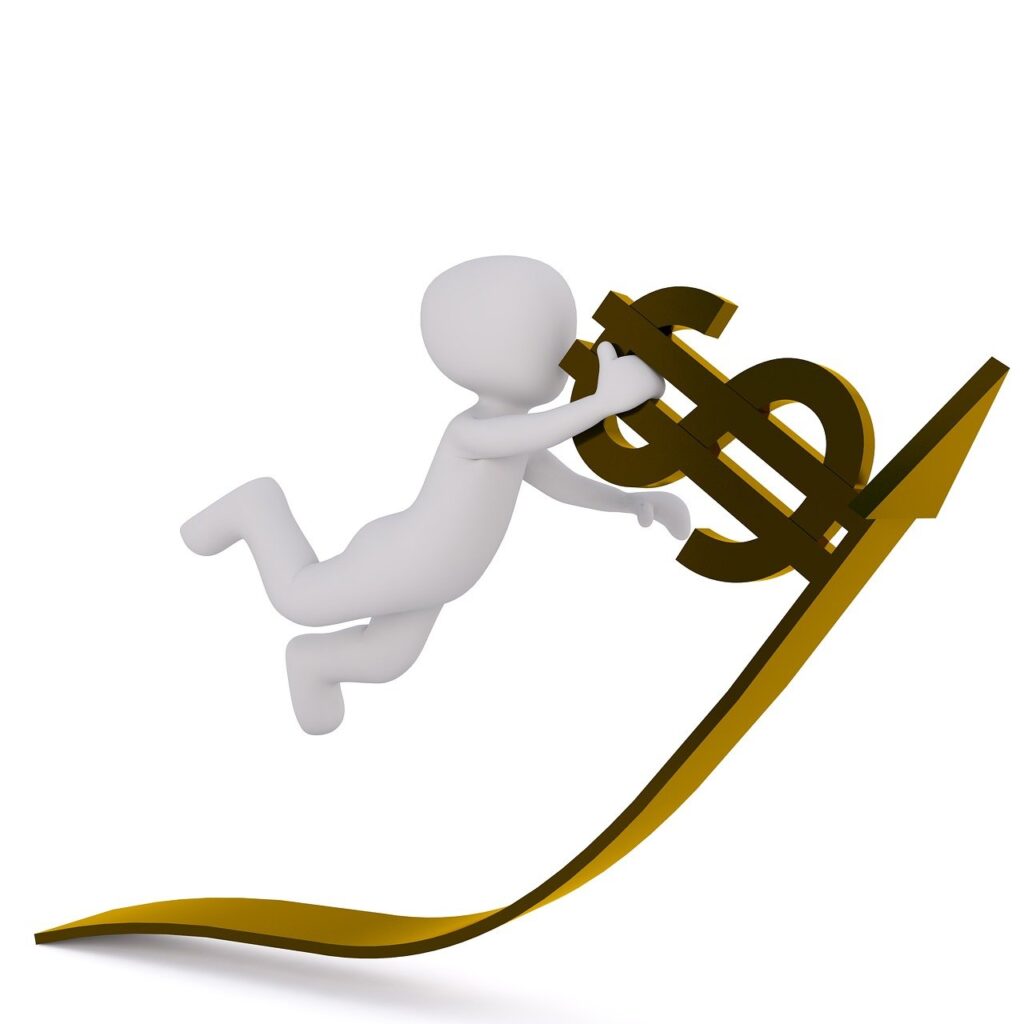
6. **Currencies Embracing the Dollar Sign: A Global Emblem of Value**The dollar sign’s reach extends far beyond the United States dollar, serving as a symbol for numerous currencies around the world. Most notably, the sign is universally employed to express money amounts for the many currencies designated as “dollar.” Its usage also broadly encompasses currencies named “peso,” with the notable exception of the Philippine peso, which utilizes its own distinct symbol, “₱”.
Within the confines of a single country, the dollar or peso sign is often used in isolation, with the local context making its meaning clear. However, to mitigate ambiguity in international transactions and discourse, the symbol is typically combined with other glyphs. Examples include “CA$” or “Can$” for the Canadian dollar, providing necessary clarity on the specific currency being referenced.
In professional and official contexts, particularly those involving international finance, the unambiguous ISO 4217 three-letter code is often preferred. Codes such as AUD for the Australian dollar, MXN for the Mexican peso, and USD for the United States dollar offer a standardized and globally recognized means of identifying currencies, thereby eliminating any potential for misinterpretation that could arise from symbolic shorthand.
Beyond the explicit “dollar” or “peso” denominations, the dollar sign, either alone or in conjunction with other glyphs, has been or continues to be used to denote several currencies with different names. This diverse application includes the Brazilian cruzeiro (now defunct), the modern Brazilian real (R$), the Ethiopian birr (until 1976, as E$), the Macanese pataca (MOP$), the Nicaraguan córdoba (C$), the Samoan tālā (a transliteration of “dollar,” represented as $), and the Tongan paʻanga (T$). Historic usages also include the Malaya and British Borneo dollar and the Malaysian ringgit for a period.
The placement of the dollar sign relative to the numerical amount also exhibits regional variations. In countries such as the United States, Mexico, Australia, Argentina, Chile, Colombia, New Zealand, Hong Kong, Pacific Island nations, and English-speaking Canada, the sign conventionally precedes the number, as in “$5.” This is typically read as “five dollars” or “cinco pesos,” with the word spoken after the numeral. Conversely, in French-speaking Canada, the dollar symbol is usually placed after the number, for instance, “5$”, highlighting a distinct cultural and linguistic convention.
7. **One Stroke vs. Two Strokes: A Stylistic Dichotomy**The dollar sign, in its common form, appears as an ‘S’ crossed by one or two vertical strokes. While often seen as mere stylistic variants, this distinction carries historical and cultural nuances. In certain epochs and locales, one specific variant may have been formally designated, by law or custom, for a particular currency.
A compelling example emerges from the Portuguese Empire, where the two-stroke variant, the `cifrão` (Portuguese pronunciation: [siˈfɾɐ̃w]), held a unique official role. Historically, in Portugal, Brazil, and other parts, the `cifrão` served as the thousands separator in the national currency, the `real`. Documents from 1775 attest to this; for instance, “123$500” represented `123,500 réis`.
With Portugal’s redefinition of its national currency to the `escudo` in 1911, the `cifrão` transitioned to serve as the decimal separator, where “123$50” signified “123 escudos and 50 centavos.” This system persisted until Portugal’s euro adoption in 2002. Notably, Cape Verde, a former Portuguese colony, adopted a similar `escudo` system in 1914 and continues to employ the `cifrão` as a decimal separator. The name `cifrão` derives from Arabic `ṣifr`, meaning ‘zero’.
Despite these specificities, the Unicode computer encoding standard currently defines a single code point for the dollar sign (U+0024), considering the one- and two-stroke versions as `allographs`—graphic variants dependent on typeface. The two-stroke version, though less popular today, is still found in “old-style” fonts like Baskerville.

8. **The Digital Footprint: Dollar Sign Encoding**The dollar sign’s early adoption in American business accounting systems paved the way for its pervasive presence in modern computing. Universally included in computer character sets, it ensures availability for myriad purposes beyond its monetary function in programming and command languages. The Unicode code point U+0024, inherited from ASCII and Latin-1 standards, is central to its digital representation.
Crucially, Unicode regards the one- and two-line variants of the dollar sign as `allographs`—graphical distinctions governed by typeface design. There are no distinct encodings for these variations; rendering with one or two bars rests entirely with the font. Consequently, a digital document may display both styles, yet the underlying numeric code U+0024 remains constant.
While U+0024 is primary, Unicode also encompasses related code points from East Asian standards: `SMALL DOLLAR SIGN` (U+FE69), `FULLWIDTH DOLLAR SIGN` (U+FF04), and `HEAVY DOLLAR SIGN` (U+1F4B2). Though their glyphs differ in size or aesthetics, their fundamental meaning as a dollar sign remains consistent, serving typographic or aesthetic purposes.
Despite its ubiquity, the specialized `cifrão` still lacks a dedicated Unicode code point, leading to the single-bar dollar sign often being used officially in its place. Where ambiguity could arise, particularly in international finance, the ISO 4217 three-letter currency acronym (e.g., PTE) is the preferred method of identification, circumventing potential misinterpretations.

9. **A Programmer’s Sigil: Dollar Sign in Coding Languages**The dollar sign has been extensively appropriated within computer programming, transforming into a versatile `sigil`—a symbol signifying specific variable types or operations. In languages like BASIC, appending `$` to a variable name, e.g., `H$=”Hello, world!”`, defines it as a character string. Its utility as a prefix for variable declaration is widespread, appearing before names in PHP, AutoIt, and to denote scalar variables in Perl, as well as global variables in Ruby.
Beyond variable identification, `$` frequently introduces expressions for evaluation, yielding text. This is common in Unix shells and adopted by languages such as Perl, JavaScript, C#, Scala, Groovy, and Kotlin. Additionally, Java and Python use `$` to mark placeholders in text strings for dynamic insertion of expression results, facilitating flexible formatting.
Its diverse functionalities extend to specialized contexts. In certain assembly languages (Motorola, MOS Technology) and Pascal-like languages, it defines hexadecimal constants. ALGOL 68 uses it to delimit transput format regions, and TeX employs it for mathematical regions. FORTRAN 66 even allowed it to substitute quotation marks for string delimiting.
Further demonstrating adaptability, PL/M uses `$` for visual separation in compound identifiers. Haskell leverages it as a function application operator. Web development libraries like jQuery and Prototype.js define `$` as their primary symbol for querying web page elements. Its presence is pervasive, from COBOL’s floating currency symbol to R’s subsetting operator and Sass’s variable definition, marking its evolution into digital logic.

10. **Orchestrating Operations: Dollar Sign in Operating Systems**Within operating systems, the dollar sign has evolved into a concise, functional marker, directing system behavior and denoting specific resource attributes. A historical precursor to its modern utility can be traced back to CP/M, and subsequently to 86-DOS and MS-DOS compatible operating systems, where `$` marked the termination point of text strings displayed by system function 9, an essential instruction for the operating environment.
In contemporary Windows environments, `$` performs a distinct and widely utilized function: it is appended to a share name to obscure a shared folder or resource from general network browsing. For instance, `\\server\share$` creates a hidden share, accessible only through direct, explicit reference. This hiding mechanism, commonly employed for administrative shares, does not alter access permissions but removes the resource from default network discovery.
The dollar sign’s versatility extends to network protocols and specialized system contexts. In LDAP, it acts as a crucial line separator within attributes like `postalAddress`. Furthermore, in the UNIVAC EXEC 8 operating system, `$` conveyed the explicit meaning of “system,” appended to entities like system file names and default names for system-generated files, such as `TPF$` or `NAME$`.
RISC OS also employs `$` in system variables to delineate the application name from variables specific to that application; for example, `Draw$Dir`. Additionally, in RISC OS, `$` holds significance by directly referencing the root directory of a file system, providing a shorthand navigation tool. These varied implementations underscore the dollar sign’s adaptability within system management.

11. **Application-Specific Roles: Beyond Core Computing**Beyond its fundamental roles in programming and operating systems, the dollar sign finds specialized applications within software programs and utilities, enhancing functionality through precise referencing and pattern matching. One of its most universally recognized uses is within spreadsheet software, such as Microsoft Excel, where `$` plays a pivotal role in establishing absolute cell references.
In spreadsheets, `$` is strategically placed before either the column letter, the row number, or both, to “fix” that part of a cell reference. For example, `$A$1` signifies an absolute cell reference, ensuring cell `A1` remains constant even when a formula is copied. This feature is indispensable for maintaining data integrity and simplifying complex calculations in financial models and data analyses.
Further cementing its utility in structured data management, the dollar sign serves as a specific subfield delimiter within computer coding for library catalog records. This application is crucial for organizing vast bibliographic data, allowing for precise separation and retrieval of individual information components, ensuring consistency and searchability across global library systems.
The dollar sign also holds a vital position in text processing and pattern recognition, particularly within regular expressions. In command-line utilities like `sed` and `grep`, as well as in POSIX and Perl regular expression syntaxes, `$` functions as an anchor, matching the end of a line or a string. Similarly, in text editors such as `ed`, `ex`, `vi`, and `pico`, `$` represents the end of the current line or the file, providing a crucial navigational and editing shorthand.
12. **Symbolic and Cultural Resonance: Other Dollar Sign Uses**Beyond its monetary and technical applications, the dollar sign has transcended literal functions to become a potent cultural symbol. It is sometimes employed derisively, substituting for ‘S’ to indicate greed, commercialism, or perceived Americanization, as seen in “Micro$oft,” “Di$ney,” and “$ky.”
Conversely, the dollar sign is also intentionally utilized for stylistic impact in creative branding and artistic expression. Musical artists like A$AP Rocky, Ke$ha, and Ty Dolla $ign incorporate the symbol into their stage names. Words such as “¥€$” combine currency symbols to convey broader financial messages. Historically, Ambrose Bierce famously referred to California governor Leland Stanford as “$tealand Landford” in 1872, commenting on perceived corruption.
Its specialized applications extend to niche fields like lexicography. In Scrabble notation, `$` appended to a word indicates its validity according to North American word lists but not British ones. This provides crucial guidance for players navigating different regional rule sets, showcasing the symbol’s ability to convey precise, context-dependent information.
In a strikingly different domain, the dollar symbol serves as a critical unit of reactivity for nuclear reactors. “0 $” represents the threshold of slow criticality, denoting a steady and controlled reaction rate, while “1 $” signifies the threshold of prompt criticality, corresponding to an uncontrolled nuclear excursion or explosion. This technical usage underscores the sign’s capacity to represent profound concepts with universal clarity.
Even in orthography, the dollar sign made an unexpected appearance. In the 1993 version of the Turkmen Latin alphabet, `$` was briefly utilized as a transliteration of the Cyrillic letter `Ш`. Although this particular usage was replaced by `Ş` in 1999, it serves as an intriguing footnote in the symbol’s history, demonstrating its occasional appropriation for phonetic representation.
Read more about: Beyond the Pages: 15 Jaw-Dropping Reasons Why Toni Morrison’s ‘Beloved’ Still Shakes the Literary World (and Our Hearts!)
From its scribal origins to its digital ubiquity, the dollar sign’s journey reflects the dynamic interplay of commerce, culture, and technology. It transcends monetary function, integrating into computer science, popular culture, and scientific notation. This versatile symbol continues to adapt, reflecting our financial systems and the evolving landscape of human communication, proving its profound and multifaceted story.

